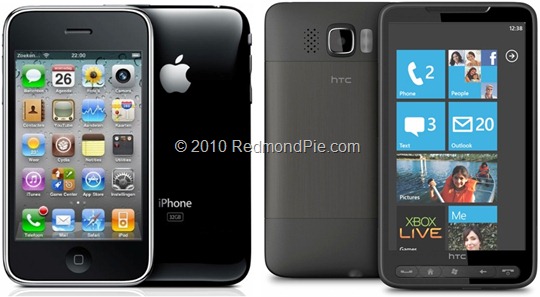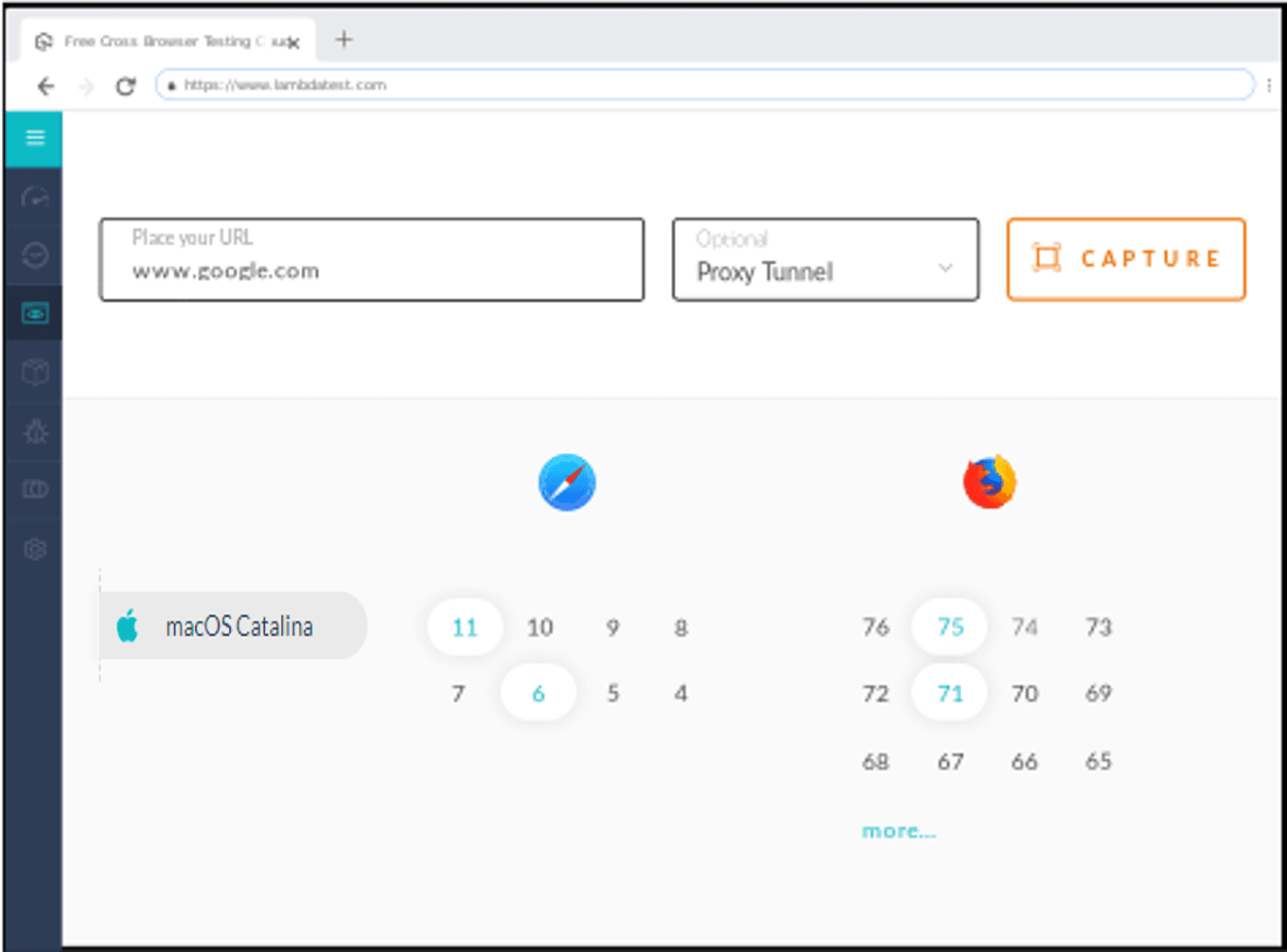Test Ios Safari On Windows
Pop-ups can be ads, notices, offers, or alerts that open in your current browser window, in a new window, or in another tab. Some pop-ups are third-party ads that use phishing tactics—like warnings or prizes—to trick you into believing they’re from Apple or another trusted company, so you’ll share personal or financial information. Or they might claim to offer free downloads, software updates, or plugins, to try to trick you into installing unwanted software.
Intelligent Tracking Prevention. Remember when you looked at that green mountain bike online?
Unless you’re confident of an ad’s legitimacy, you should avoid interacting with pop-ups or webpages that seem to take over your screen. Here are additional tips that can help you manage pop-ups and other unwanted interruptions.
Safari 5 is still available for Windows, but it does not make much sense to test your product on a dated version! The Windows users may still download and install the browser Safari in. Typically this occurs on iPads when Safari requests a desktop version of App Center instead of a mobile version. To resolve this, tap on the 'AA' and select the option 'Request Mobile Website'. On older versions of iOS, Safari has this feature integrated into the refresh button. Make sure Safari security settings are turned on, particularly Block Pop-ups—for pop-up windows—and the Fraudulent Website Warning. On your iPhone, iPad, or iPod touch, go to Settings Safari and turn on Block Pop-ups and Fraudulent Website Warning. On your Mac, you can find these options in Safari Preferences.
Check and update your software
Always make sure you install the latest software updates for all your Apple products. Many software releases have important security updates and may include improvements that help control pop-ups.
The safest place to download apps for your Mac is the App Store. If you need third-party software for your Mac, and it isn’t available in the App Store, get it directly from the developer or another reliable source, rather than through an ad or link.
Check Safari settings and security preferences
Make sure Safari security settings are turned on, particularly Block Pop-ups—for pop-up windows—and the Fraudulent Website Warning.
On your iPhone, iPad, or iPod touch, go to Settings > Safari and turn on Block Pop-ups and Fraudulent Website Warning.
On your Mac, you can find these options in Safari > Preferences. The Websites tab includes options to block some or all pop-up windows, and you can turn on fraudulent site warnings in the Security tab.
Pop-ups and ads in Safari
If you see an annoying pop-up ad in Safari, you can go to the Search field and enter a new URL or search term to browse to a new site. If you don’t see the Search field on your iPhone, iPad, or iPod touch, tap the top of the screen to make it appear.
Some pop-ups and ads have fake buttons that resemble the close button, so use caution if you try to close a pop-up or ad. If you're unsure, avoid interacting with the pop-up or ad and close the Safari window or tab.
On your Mac, you can also update your settings to prevent windows from opening again after you close Safari, or just press and hold the Shift key when you open Safari.
If you might have installed adware or other unwanted software on your Mac
If you see pop-ups on your Mac that just won’t go away, you might have inadvertently downloaded and installed adware (advertising-supported software) or other unwanted software. Certain third-party download sites might include programs that you don’t want with the software that you install.
If you think that you might have malware or adware on your Mac, update to the latest version of macOS. If your Mac is already running the latest version, restart it. macOS includes a built-in tool that removes known malware when you restart your Mac.

Check your Applications folder to see if you have any apps that you didn’t expect and uninstall them. You can also check the Extensions tab in Safari preferences to check if you installed any unnecessary extensions that you'd prefer to turn off. If you continue to see advertising or other unwanted programs on your Mac, contact Apple.
Learn more
- How to safely open software on your Mac
- How to recognize and avoid phishing and other scams
Appium Tutorial:Safari Launcher – Running Web Test on Real IOS Device

As Apple has his own monopoly and does not allow Appium to test the internal IOS Apps and the browsers directly. There’s a SafariLauncher app created by the community which helps in bringing up the Safari browser and perform Webapp testing using Appium. You also need to make sure before you start testing on Real device just try deploying the app through Xcode and if everything works fine then start your test execution.
The App source can be downloaded from here.
These are the some of the steps you need to follow in order to make the SafariLauncher app works fine:
Pre-requisite:
- Make sure Iphone / Ipad is connected to the MAC
- Xcode should be installed
- Appium server should be up to date. I am using 1.3.4 at the moment.
Ios Safari Versions
Install ios-webkit-debug-proxy
Test Ios Apps On Windows
brew install ios-webkit-debug-proxy
Connect proxy to the device:
ios_webkit_debug_proxy -c c84c5fd8fb6cd5e84247xx8c511b7cf8d9bef:27753 -d (sometimes you need to try re-installing the webkit if the execution is not successfull)
Test Ios Safari On Windows 7
Make sure on your device settings you have enabled Safari web inspector as well.
Debug Ios Safari On Windows
Required Capabilities